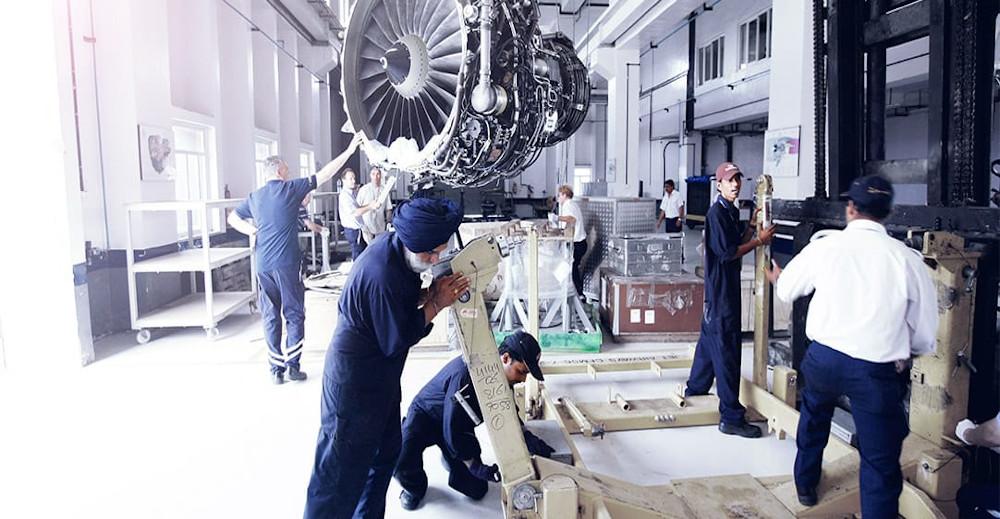LHT Will Add Repair Station and Mobile Support For New Engines In 2020

With engine shop capacity expected to remain tight, Lufthansa Technik’s leadership in mobile engine maintenance should remain an asset for both the MRO and airlines in 2020.
Dimitrios Kormis, head of product management mobile engine services, says his mobile teams are based at four LHT engine shops, in Tulsa, Montreal, Frankfurt and Shenzhen. “All four are increasing capacities so more customers can benefit from mobile engine services,” Kormis says. “We will further extend our network in 2020 when we go live with a fifth repair station.”
When called upon for mobile work, LHT first does a risk analysis that minimizes the risk of unexpected findings. Then the assignment is planned in a few hours. “Tooling, materials and experienced mechanics are identified and sent with the next available flight to the location,” Kormis says.
Mobile services include Cyclean engine washes that boost on-wing time and need not disturb operations. Other on-wing services include replacing a gearbox, the complete low-pressure compressor module including fan disk and the fan frame bearing unit, or even a number three bearing front seal, all possible in two to three days without need of a spare engine.
Finally, other major repairs also can be carried out on site. Especially on CFM56s, LHT can replace hot-section parts such as high pressure turbine blades and nozzles, stage one low pressure turbine nozzles or even complete modules such as low-pressure and high pressure turbines and combustion chambers. “During the last ten to fifteen years, we convinced customers that in time, costs and risk it is better to let us do these services on site.”
For on-wing or off-wing on-site repairs, LHT needs hangar space, electricity, pressurized shop air and often a crane to lift two- or 5.5-ton modules. All other tooling, equipment and exchange materials can be supplied by LHT.
The carrier’s line staff usually bring aircraft or engine into the hangar. For on-wing service, line staff removes nose cowls and open fan cowlings. For off-wing repairs, the engine must be removed.
Kormis says LHT is constantly expanding its mobile capabilities. For example it is now building up for Pratt’s geared turbofan and will start services on LEAPs in 2020.
The LHT exec says this on-site support is providing significant relief from the current tight market, in which engines are often queueing for induction for many weeks. “Although we cannot offer a complete performance restoration, on-site products such as the high-pressure compressor variable stator vane bushing replacement can increase engine performance, significantly postponing shop visits to the expiration time of life-limited parts.”





